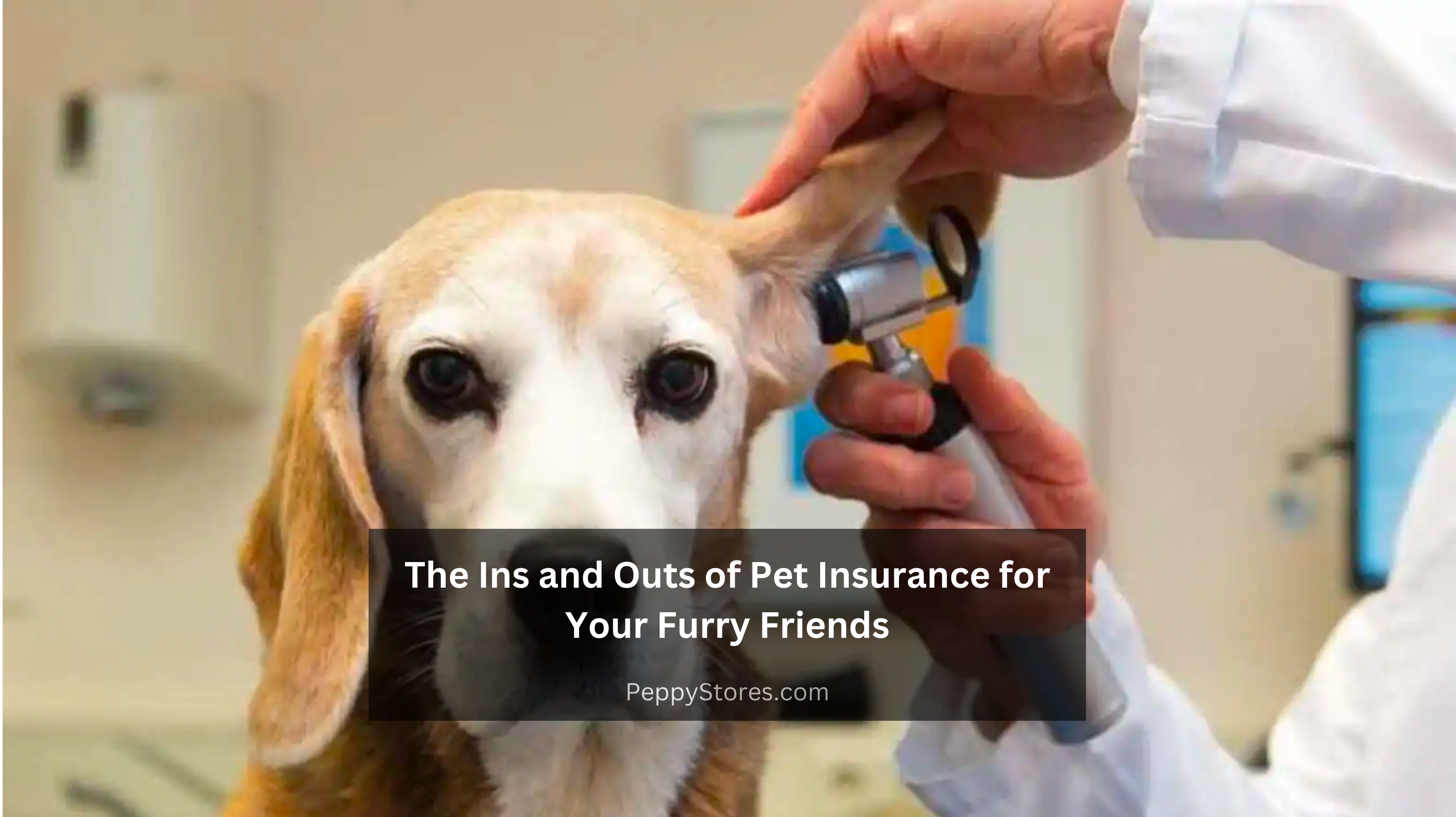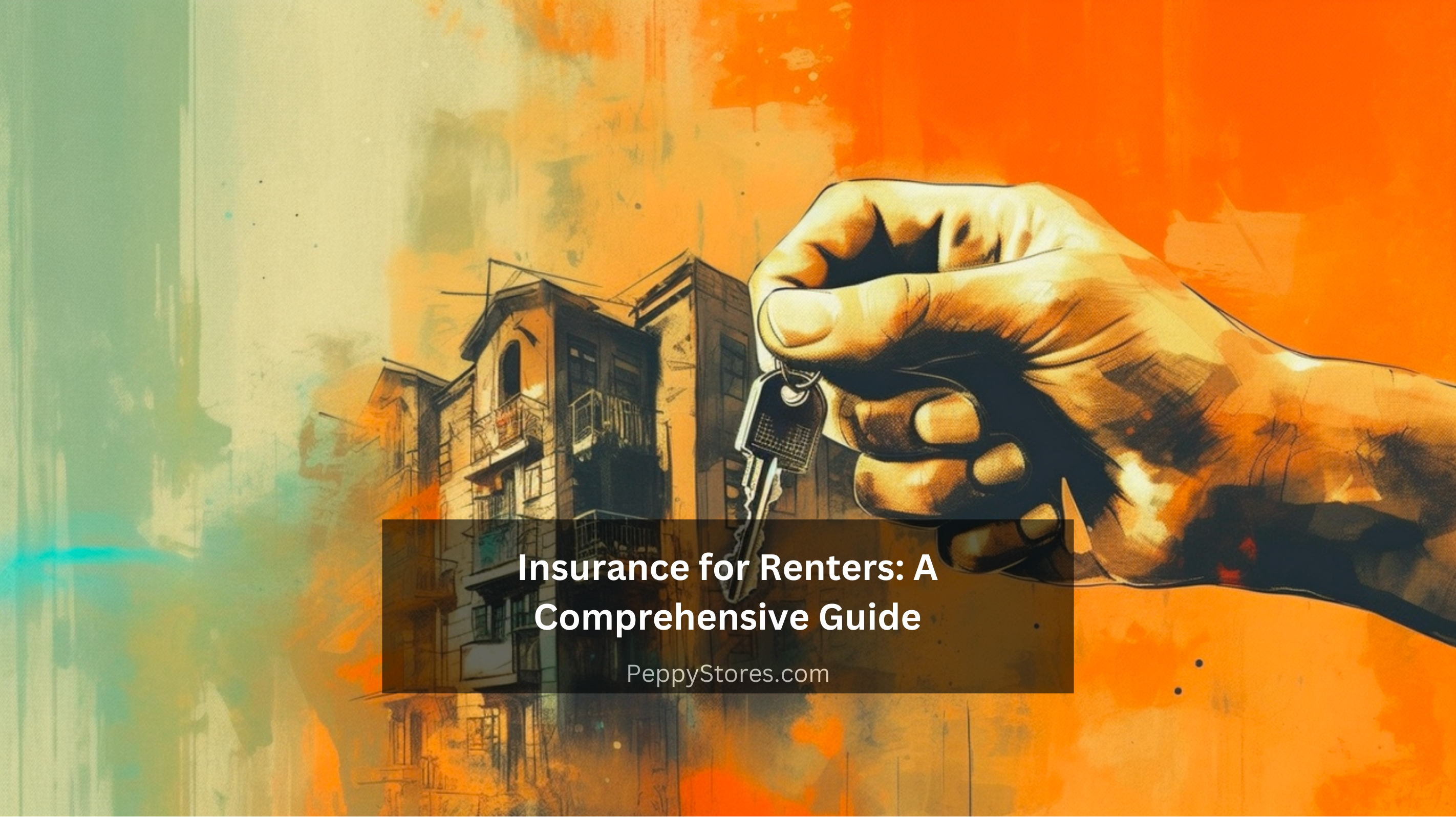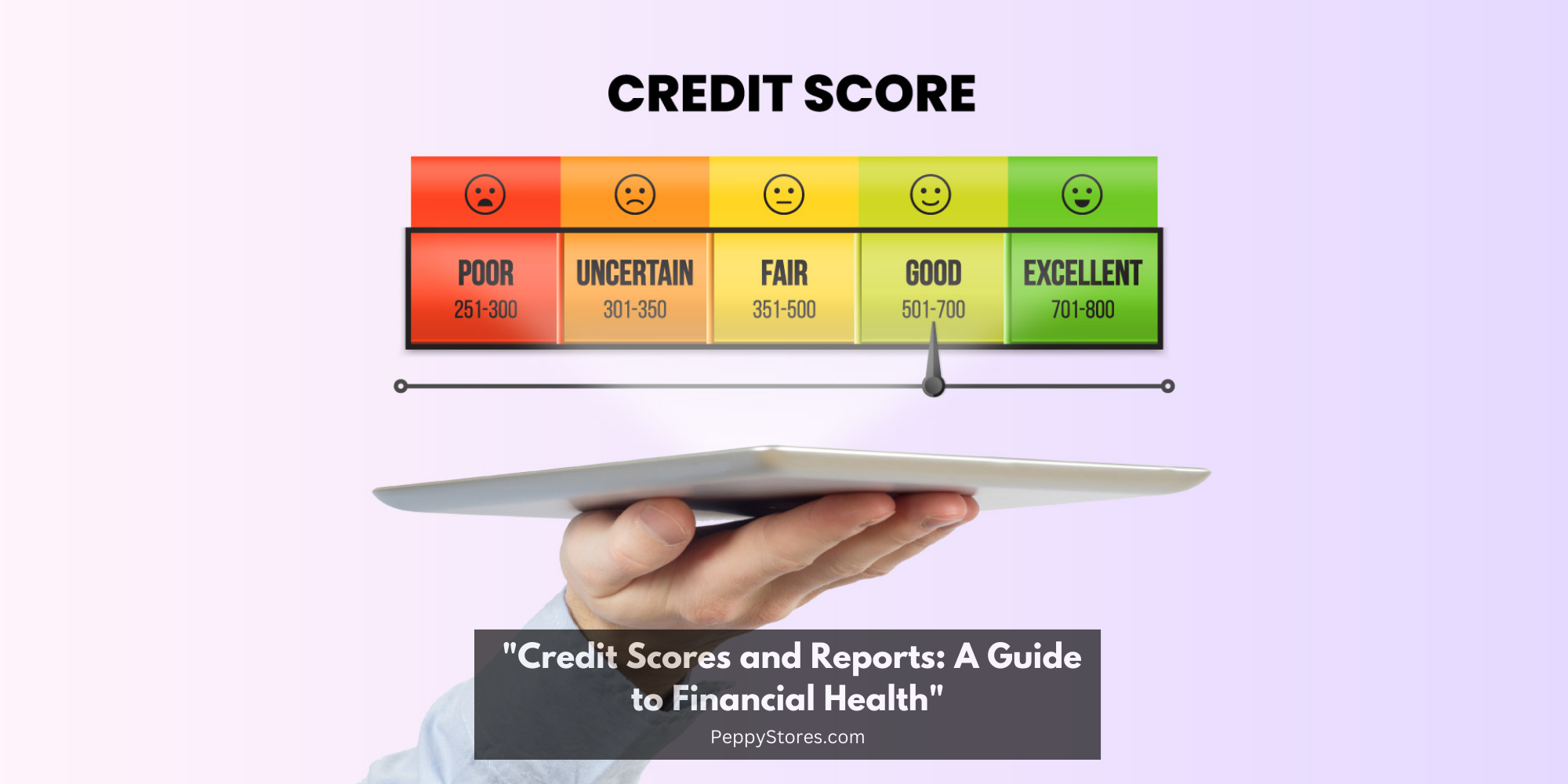Welcoming a pet into your home brings joy, companionship, and a sense of responsibility. While you provide your furry friend with love and care, unexpected health issues can arise, leading to veterinary expenses that may catch you off guard. That’s where pet insurance comes in, offering a financial safety net for your beloved companions. In this comprehensive guide, we’ll explore the ins and outs of pet insurance, providing valuable insights and practical advice for pet owners living in the USA.
Understanding Pet Insurance: The Basics
Pet insurance is a type of coverage that helps offset the cost of veterinary care for your pets. Similar to health insurance for humans, pet insurance can cover a range of medical expenses, from routine check-ups to unexpected surgeries or treatments. Here are key components of pet insurance:
Coverage for Veterinary Costs:
Illness and Injury: Pet insurance typically covers veterinary expenses related to illnesses and injuries. This can include diagnostic tests, medications, surgeries, and hospitalization.
Preventive Care Options:
Routine Check-ups: Some pet insurance plans offer options for preventive care, covering routine check-ups, vaccinations, and dental cleanings. These options can help you maintain your pet’s overall health.
Reimbursement Model:
Out-of-Pocket Expenses: Pet insurance operates on a reimbursement model. You pay the veterinary bills upfront and then submit a claim to the insurance provider. The insurer reimburses you for eligible expenses based on your coverage.
Deductibles and Premiums:
Deductible: The deductible is the amount you must pay out of pocket before the insurance coverage kicks in. Higher deductibles often result in lower monthly premiums.
Premiums: Premiums are the monthly or annual payments you make to maintain your pet insurance coverage. Premiums can vary based on factors such as the pet’s age, breed, and coverage limits.
Coverage Limits:
Annual Limits: Pet insurance policies may have annual limits on coverage, capping the amount the insurer will reimburse within a given year. Be mindful of these limits when selecting a policy.
Exclusions and Waiting Periods:
Exclusions: Pet insurance policies often have exclusions, excluding certain conditions or pre-existing issues. Carefully review the policy to understand what is covered and excluded.
Waiting Periods: Many policies have waiting periods before coverage begins, particularly for illnesses. Make sure you are aware of these waiting periods when purchasing insurance.
Why Pet Insurance is Important:
Financial Protection:
Just like human health care, veterinary expenses can be costly. Pet insurance provides financial protection, allowing you to provide the best possible care for your pet without worrying about the financial burden.
Peace of Mind:
Knowing that you have pet insurance in place offers peace of mind. You can make decisions about your pet’s health based on what is best for them, rather than being constrained by financial concerns.
Access to Quality Care:
With pet insurance, you can choose veterinary treatments based on what’s best for your pet’s health, rather than making decisions based solely on cost considerations. This ensures access to quality care.
Coverage for Unexpected Events:
Accidents and unexpected health issues can happen at any time. Pet insurance covers these unforeseen events, providing coverage for emergency treatments, surgeries, and other necessary care.
Preventive Care Options:
Some pet insurance plans offer coverage for preventive care, including vaccinations, dental care, and routine check-ups. This proactive approach to pet health can contribute to long-term well-being.
Customizable Coverage:
Pet insurance plans often allow customization to meet your specific needs. You can choose coverage options based on your pet’s age, breed, and health history.
Types of Pet Insurance Coverage:
Accident-Only Coverage:
This type of coverage focuses on accidents and injuries. It typically excludes illnesses and may be a more budget-friendly option for pet owners looking for basic coverage.
Accident and Illness Coverage:
This comprehensive coverage includes both accidents and illnesses. It provides a broader range of protection for your pet’s health and well-being.
Wellness and Preventive Care Coverage:
Some pet insurance plans offer coverage for routine check-ups, vaccinations, dental cleanings, and other preventive care measures. This additional coverage promotes proactive pet health.
Hereditary and Congenital Condition Coverage:
Certain breeds are prone to hereditary or congenital conditions. This coverage addresses specific health issues that may be common in your pet’s breed.
Chronic Condition Coverage:
Coverage for chronic conditions ensures that ongoing medical expenses related to long-term health issues are covered. This can include medications, regular veterinary visits, and monitoring.
How to Choose the Right Pet Insurance:
Assess Your Pet’s Needs:
Consider your pet’s age, breed, and overall health. Some breeds are predisposed to specific conditions, and older pets may have different health needs. Assessing your pet’s needs helps you choose appropriate coverage.
Review Policy Exclusions:
Carefully review policy exclusions to understand what is and isn’t covered. Be aware of any pre-existing conditions that may be excluded from coverage.
Check Coverage Limits:
Understand the coverage limits of the policy, including annual limits and per-incident limits. Ensure that the limits align with your expectations and potential veterinary expenses.
Consider Deductibles and Premiums:
Evaluate the deductible amount and monthly or annual premiums. Higher deductibles may result in lower premiums, but be sure you can comfortably afford the out-of-pocket costs.
Look for Customization Options:
Choose a pet insurance provider that allows customization based on your pet’s specific needs. This may include choosing coverage limits, adding optional riders, or selecting a wellness plan.
Read Customer Reviews:
Research customer reviews and ratings for different pet insurance providers. Real-life experiences of other pet owners can provide valuable insights into the quality of service and claims processing.
Understand Waiting Periods:
Be aware of any waiting periods before coverage begins. Some policies have waiting periods for illnesses, accidents, or specific treatments. Understand these timelines to plan for coverage effectiveness.
Check for Multi-Pet Discounts:
If you have multiple pets, inquire about multi-pet discounts. Some insurance providers offer reduced premiums when covering more than one pet.
Common Myths about Pet Insurance:
Myth: Pet Insurance is Too Expensive.
Fact: While pet insurance comes with a cost, the financial protection it provides can outweigh the expenses of unexpected veterinary bills. Many policies offer different coverage levels to fit various budgets.
Myth: Young and Healthy Pets Don’t Need Insurance.
Fact: Accidents and illnesses can happen at any age. Having insurance when your pet is young and healthy ensures coverage for potential future health issues.
Myth: Pre-Existing Conditions are Always Excluded.
Fact: While pre-existing conditions are often excluded, some pet insurance providers offer coverage for certain conditions after a waiting period. It’s essential to check individual policy terms.
Myth: All Pet Insurance Policies Are the Same.
Fact: Pet insurance policies can vary significantly in terms of coverage, limits, and exclusions. It’s crucial to carefully compare policies and choose one that aligns with your pet’s needs.
Myth: I Can Save Money by Self-Insuring.
Fact: While setting aside money for potential veterinary expenses is a responsible practice, pet insurance provides a safety net for unexpected and high-cost medical treatments, ensuring you’re financially prepared.
Conclusion: A Wise Investment in Your Pet’s Health
Pet insurance serves as a wise investment in your furry friend’s health and well-being, offering financial protection and peace of mind for pet owners in the USA. Whether you have a young and energetic puppy, a middle-aged cat, or a senior pet, having coverage in place ensures that you can provide the best possible care without worrying about the financial implications. By understanding the ins and outs of pet insurance, assessing your pet’s specific needs, and choosing a policy that aligns with your budget, you’re making a proactive choice to safeguard your pet’s health and happiness for years to come.




